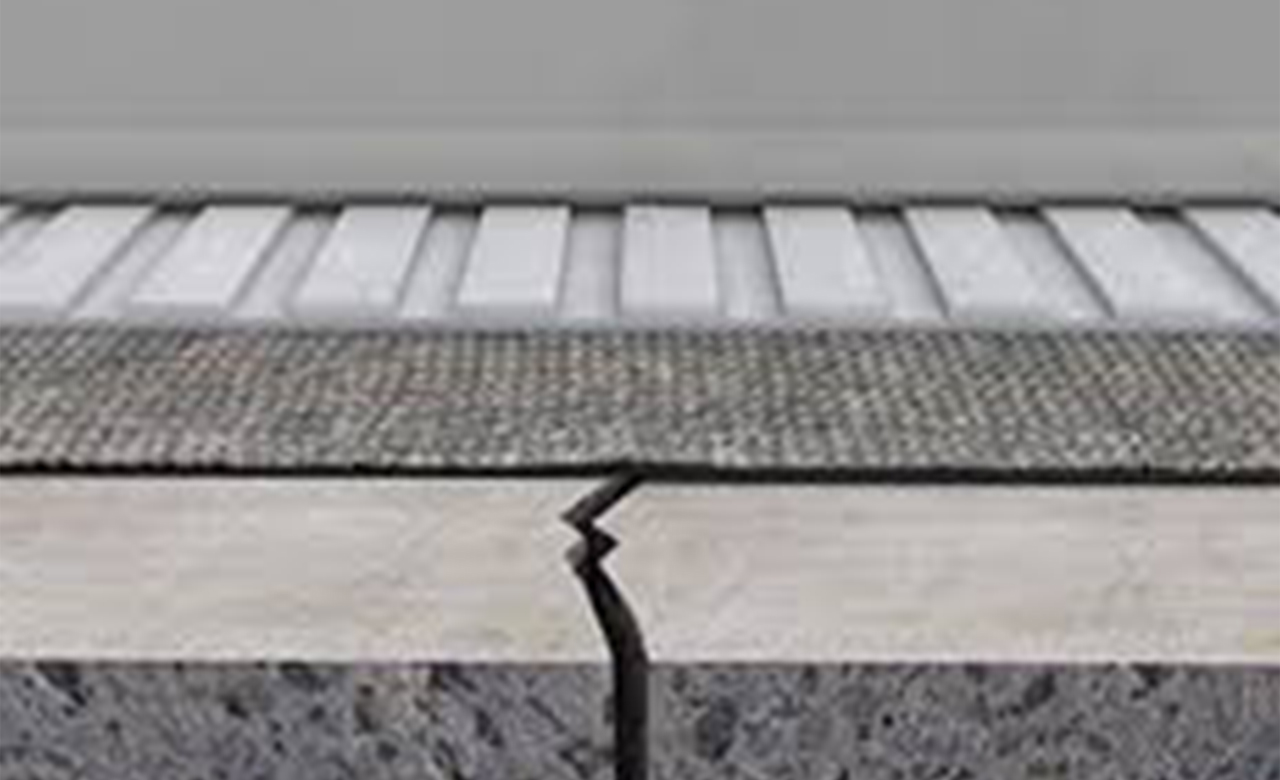
Waterproofing plays a critical role in maintaining the structural integrity and longevity of buildings. In Australia, where climatic conditions can be harsh and unpredictable, effective waterproofing is of utmost importance. However, when waterproofing is defective or poorly installed, it can have severe consequences for Australian homes. This blog explores the various effects of defective waterproofing and highlights the importance of proper installation and maintenance.
Defective waterproofing can have far-reaching consequences for Australian homes, ranging from structural damage and mold growth to aesthetic deterioration and financial burdens. It is crucial for homeowners, builders, and contractors to prioritize high-quality waterproofing solutions and adhere to industry standards and regulations. Regular inspections, proactive maintenance, and timely repairs can help mitigate the risks associated with defective waterproofing and ensure the long-term protection and value of Australian homes. The information provided in this blog is for general informational purposes only and does not constitute professional advice. For specific issues related to waterproofing and its impact on your home, it is recommended to consult with a qualified professional or waterproofing specialist.
Atech® Products foundations are built for the future of the Australian building industry in making Australia a better place. Atech® Products proudly acknowledges the traditional owners and custodians of the land which we work and live. With their rich culture, we pay respect to Aboriginal Elders both past, present and future. Atech® Products strive for a future based on sustainability, and assisting Australians to build in a way that helps generations to come.




©Copyright 2023 • ATECH® Products